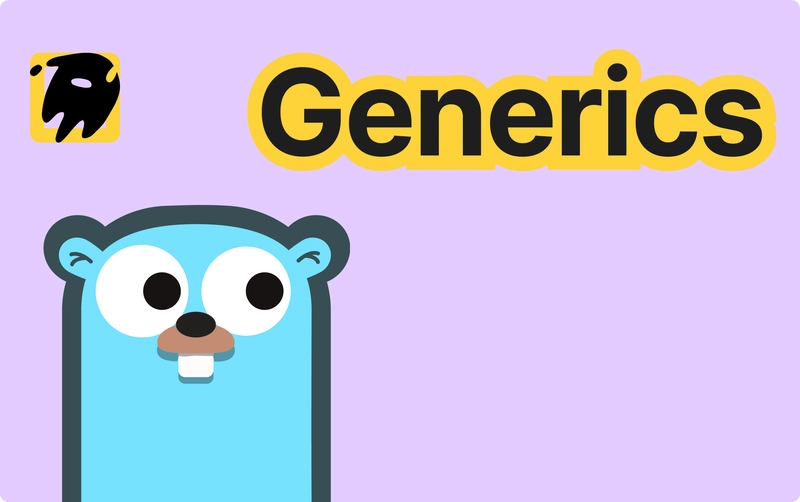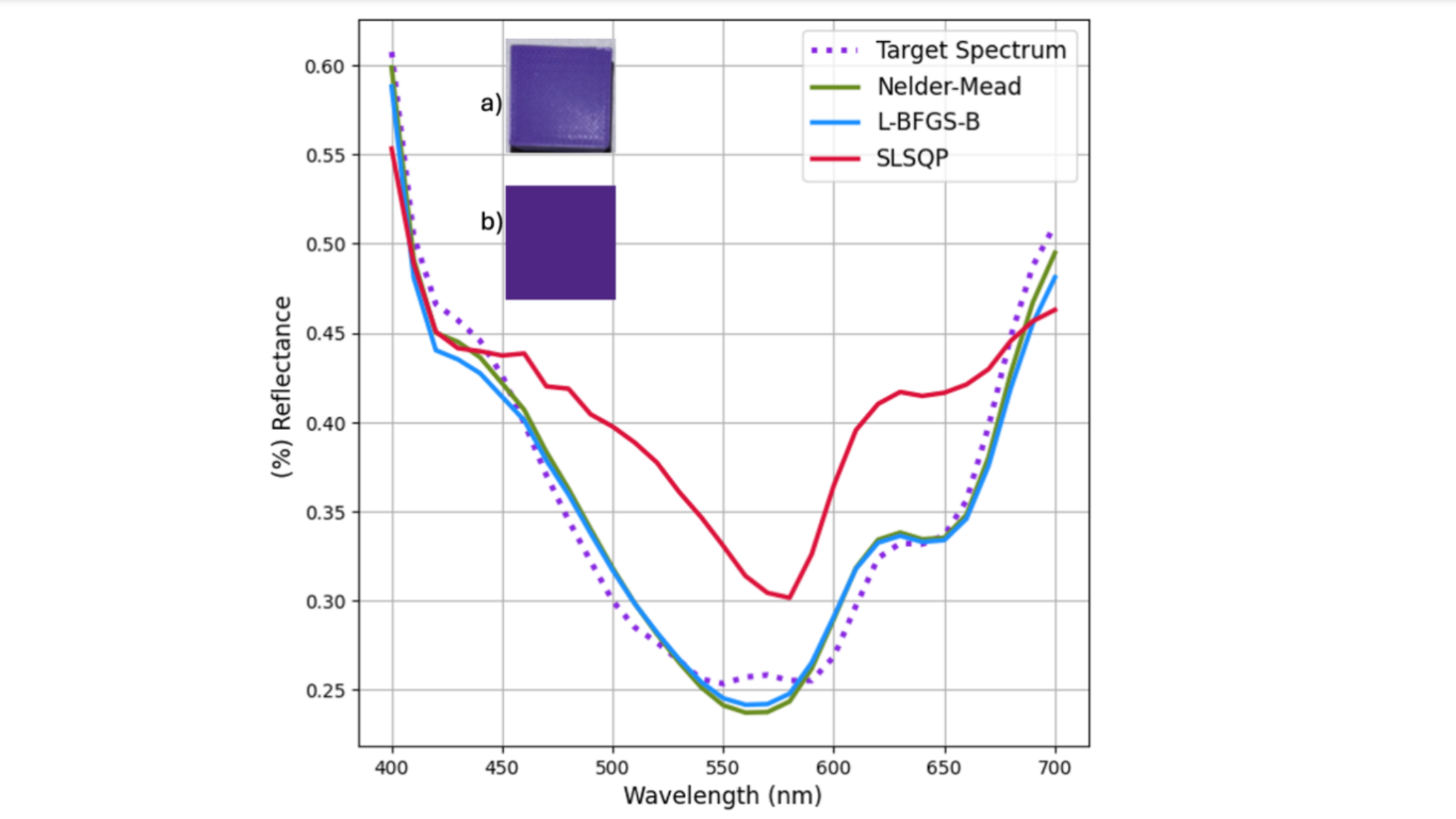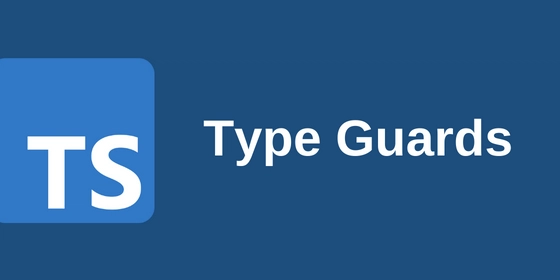Why Go's Generics Might Be Worse Than No Generics at All
Leapcell: The Best of Serverless Web Hosting In-depth Analysis of Go Language Generics: Principles, Applications, and Cross-language Comparisons I. Basic Principles of Go Generics 1.1 Background of the Introduction of Generics Before the Go 1.18 version, developers mainly relied on two ways to implement general functions: Duplicated Code: Write independent functions or data structures for each specific type, resulting in a large amount of redundant code. Using interface{}: Achieve type independence through empty interfaces, but sacrifice compile-time type safety. Type errors can only be detected at runtime. These two methods seriously affect development efficiency and code quality, prompting the Go language to officially introduce the generics feature in version 1.18. 1.2 Syntactic Structure of Generics Go generics achieve the abstract definition of functions and types through type parameters: Example of a Generic Function func Max[T constraints.Ordered](a, b T) T { if a > b { return a } return b } Among them, T is a type parameter, and constraints.Ordered is a type constraint, restricting that T must support comparison operations. Example of a Generic Type type Stack[T any] struct { elements []T } func (s *Stack[T]) Push(value T) { s.elements = append(s.elements, value) } func (s *Stack[T]) Pop() T { n := len(s.elements) value := s.elements[n-1] s.elements = s.elements[:n-1] return value } In this example, Stack is a generic type, and T can represent any type. 1.3 Type Constraints Go uses interfaces to define type constraints: any: Represents no type constraint, equivalent to interface{}. comparable: Requires the type to support == and != comparison operations. Custom Constraints: Developers can define specific constraints through interfaces. For example: type Adder interface { ~int | ~float64 } Among them, the ~ symbol allows type aliases to participate in constraint matching. II. Common Examples of Generic Usage 2.1 Comparing Sizes Implement numerical comparison through a generic function: func Max[T constraints.Ordered](a, b T) T { if a > b { return a } return b } Example of calling: maxInt := Max(3, 5) maxFloat := Max(3.14, 2.71) 2.2 Generic Data Structures Implement a general stack data structure: type Stack[T any] struct { elements []T } func (s *Stack[T]) Push(value T) { s.elements = append(s.elements, value) } func (s *Stack[T]) Pop() T { n := len(s.elements) value := s.elements[n-1] s.elements = s.elements[:n-1] return value } Example of usage: intStack := Stack[int]{} intStack.Push(1) intStack.Push(2) fmt.Println(intStack.Pop()) // Output: 2 III. Comparison of Generic Mechanisms with Other Languages 1. Java: Type Erasure Generics Implementation Method: Java implements generics through compile-time type erasure, replacing generic types with raw types (such as Object) and inserting necessary type conversions. Example: public class Box { private T value; public void set(T value) { this.value = value; } public T get() { return value; } } Advantages and Limitations: Advantages: Deeply integrated with the Java type system, supporting generic methods and interfaces. Disadvantages: Type information is lost at runtime, and primitive types are not supported as generic parameters. Comparison with Go: Go uses compile-time monomorphization, retaining type information; however, Go currently does not support generic methods. 2. TypeScript: A Flexible Type System Implementation Method: TypeScript performs type checking at compile time and finally generates JavaScript code without type information. Example: function identity(arg: T): T { return arg; } Feature Comparison: Advantages: Supports advanced features such as generic constraints and conditional types. Limitations: Type information is lost after compilation. Comparison with Go: The TypeScript type system is more powerful, while the design of Go generics is simpler but with limited functionality. 3. Python: Type Hint Generics Implementation Method: Python 3.5+ supports generics through type hints, relying on static type checking tools (such as mypy). Example: from typing import TypeVar, Generic T = TypeVar('T') class Box(Generic[T]): def __init__(self, value: T): self.value = value Feature Differences: Advantages: Enhances code readability and supports static analysis. Disadvantages: Type hints do not affect runtime behavior. Comparison with Go: Go enforces type checking at compile time, while Python type hints are only for assistance. 4. C++: A Powerful Template Mechanism Implementation Method: C++ templates are instantiated at compile time and

Leapcell: The Best of Serverless Web Hosting
In-depth Analysis of Go Language Generics: Principles, Applications, and Cross-language Comparisons
I. Basic Principles of Go Generics
1.1 Background of the Introduction of Generics
Before the Go 1.18 version, developers mainly relied on two ways to implement general functions:
- Duplicated Code: Write independent functions or data structures for each specific type, resulting in a large amount of redundant code.
-
Using
interface{}: Achieve type independence through empty interfaces, but sacrifice compile-time type safety. Type errors can only be detected at runtime.
These two methods seriously affect development efficiency and code quality, prompting the Go language to officially introduce the generics feature in version 1.18.
1.2 Syntactic Structure of Generics
Go generics achieve the abstract definition of functions and types through type parameters:
Example of a Generic Function
func Max[T constraints.Ordered](a, b T) T {
if a > b {
return a
}
return b
}
Among them, T is a type parameter, and constraints.Ordered is a type constraint, restricting that T must support comparison operations.
Example of a Generic Type
type Stack[T any] struct {
elements []T
}
func (s *Stack[T]) Push(value T) {
s.elements = append(s.elements, value)
}
func (s *Stack[T]) Pop() T {
n := len(s.elements)
value := s.elements[n-1]
s.elements = s.elements[:n-1]
return value
}
In this example, Stack is a generic type, and T can represent any type.
1.3 Type Constraints
Go uses interfaces to define type constraints:
-
any: Represents no type constraint, equivalent tointerface{}. -
comparable: Requires the type to support==and!=comparison operations. - Custom Constraints: Developers can define specific constraints through interfaces. For example:
type Adder interface {
~int | ~float64
}
Among them, the ~ symbol allows type aliases to participate in constraint matching.
II. Common Examples of Generic Usage
2.1 Comparing Sizes
Implement numerical comparison through a generic function:
func Max[T constraints.Ordered](a, b T) T {
if a > b {
return a
}
return b
}
Example of calling:
maxInt := Max(3, 5)
maxFloat := Max(3.14, 2.71)
2.2 Generic Data Structures
Implement a general stack data structure:
type Stack[T any] struct {
elements []T
}
func (s *Stack[T]) Push(value T) {
s.elements = append(s.elements, value)
}
func (s *Stack[T]) Pop() T {
n := len(s.elements)
value := s.elements[n-1]
s.elements = s.elements[:n-1]
return value
}
Example of usage:
intStack := Stack[int]{}
intStack.Push(1)
intStack.Push(2)
fmt.Println(intStack.Pop()) // Output: 2
III. Comparison of Generic Mechanisms with Other Languages
1. Java: Type Erasure Generics
Implementation Method: Java implements generics through compile-time type erasure, replacing generic types with raw types (such as Object) and inserting necessary type conversions.
Example:
public class Box<T> {
private T value;
public void set(T value) { this.value = value; }
public T get() { return value; }
}
Advantages and Limitations:
- Advantages: Deeply integrated with the Java type system, supporting generic methods and interfaces.
- Disadvantages: Type information is lost at runtime, and primitive types are not supported as generic parameters. Comparison with Go: Go uses compile-time monomorphization, retaining type information; however, Go currently does not support generic methods.
2. TypeScript: A Flexible Type System
Implementation Method: TypeScript performs type checking at compile time and finally generates JavaScript code without type information.
Example:
function identity<T>(arg: T): T {
return arg;
}
Feature Comparison:
- Advantages: Supports advanced features such as generic constraints and conditional types.
- Limitations: Type information is lost after compilation. Comparison with Go: The TypeScript type system is more powerful, while the design of Go generics is simpler but with limited functionality.
3. Python: Type Hint Generics
Implementation Method: Python 3.5+ supports generics through type hints, relying on static type checking tools (such as mypy).
Example:
from typing import TypeVar, Generic
T = TypeVar('T')
class Box(Generic[T]):
def __init__(self, value: T):
self.value = value
Feature Differences:
- Advantages: Enhances code readability and supports static analysis.
- Disadvantages: Type hints do not affect runtime behavior. Comparison with Go: Go enforces type checking at compile time, while Python type hints are only for assistance.
4. C++: A Powerful Template Mechanism
Implementation Method: C++ templates are instantiated at compile time and support metaprogramming.
Example:
template <typename T>
T max(T a, T b) {
return a > b ? a : b;
}
Comparative Analysis:
- Advantages: Supports compile-time polymorphism and complex calculations.
- Limitations: Complex compilation error messages may lead to code bloat. Comparison with Go: C++ templates are powerful but complex, while Go generics are easier to use but have weaker functionality.
5. Rust: Trait-based Generics
Implementation Method: Rust generics achieve type constraints through compile-time monomorphization combined with traits.
Example:
fn max<T: Ord>(a: T, b: T) -> T {
if a > b { a } else { b }
}
Feature Comparison:
- Advantages: A powerful type system and high performance.
- Limitations: High learning cost and long compilation time. Comparison with Go: Rust generics have stronger expressive power, while Go has a simpler design but less flexibility.
IV. Analysis of the Advantages and Disadvantages of Go Generics
4.1 Advantages
- Simplicity: The syntax design follows the simple philosophy of the Go language, making it easy to understand and use.
- Type Safety: Achieves compile-time type checking through type constraints, avoiding runtime errors.
- Performance Optimization: The compiler uses monomorphization processing to eliminate runtime overhead.
4.2 Disadvantages
- Functional Limitation: Currently, it does not support generic methods, limiting code reuse capabilities.
- Constraint Limitation: The expressive power of type constraints is weak, making it difficult to describe complex type relationships.
- Compatibility Issues: There are obstacles to the interoperability between generic and non-generic code, affecting code migration.
The design of Go generics meets basic needs while leaving room for further expansion.
- Limited Type Constraints: The current constraint mechanism cannot express complex type relationships, restricting the application scope of generics.
- Lack of Generic Methods: Methods cannot define type parameters independently, affecting the flexibility of interface design.
- Limited Standard Library Support: The standard library related to generics is still not perfect, and developers need to implement common generic data structures and algorithms by themselves.
These characteristics indicate that the Go generics solution is currently still in a transitional stage, and more powerful type systems and generic functions may be introduced in the future to meet the needs of complex applications.
The introduction of Go generics is an important step in the development of the language, improving code reusability and type safety. However, compared with other languages, Go generics still have gaps in functionality and expressive power. The current design is more like a transitional solution and still needs further improvement in the future.
For projects that require complex generic functions, it may be necessary to consider using other languages, such as Rust or C++.
Leapcell: The Best of Serverless Web Hosting
Finally, I would like to recommend a platform that is most suitable for deploying Go services: Leapcell


































































































































































![[The AI Show Episode 143]: ChatGPT Revenue Surge, New AGI Timelines, Amazon’s AI Agent, Claude for Education, Model Context Protocol & LLMs Pass the Turing Test](https://www.marketingaiinstitute.com/hubfs/ep%20143%20cover.png)











































































































































































































































































_Muhammad_R._Fakhrurrozi_Alamy.jpg?width=1280&auto=webp&quality=80&disable=upscale#)
_NicoElNino_Alamy.jpg?width=1280&auto=webp&quality=80&disable=upscale#)












































































































![AirPods Pro 2 With USB-C Back On Sale for Just $169! [Deal]](https://www.iclarified.com/images/news/96315/96315/96315-640.jpg)
![Apple Releases iOS 18.5 Beta 4 and iPadOS 18.5 Beta 4 [Download]](https://www.iclarified.com/images/news/97145/97145/97145-640.jpg)
![Apple Seeds watchOS 11.5 Beta 4 to Developers [Download]](https://www.iclarified.com/images/news/97147/97147/97147-640.jpg)
![Apple Seeds visionOS 2.5 Beta 4 to Developers [Download]](https://www.iclarified.com/images/news/97150/97150/97150-640.jpg)


































































































